White Leghorn
Leghorns are prolific layers that rarely go broody and are non-sitters unless left undisturbed. Eggs are white and of good size and are laid throughout the year. Chicks are easy to rear. They feather up quickly, are fast growers and mature quickly. The comb is large so care needs to be taken in cold, frosty weather to avoid frostbite. They can be left to roam freely but are just as happy in a run. They are sprightly, alert birds and can be tamed but not enough to allow handling and prefer to remain rather aloof. They can be rather noisy and will roost in trees given the chance. They are not good as table birds as they aren’t very meaty.
 Over 45 years of scientific breeding research have gone into the development of this layer through a blending of special strains of White Leghorns. Fully grown Leghorn cocks weigh 3.4 kg, hens 2.5 kg; cockerels weigh 2.7–2.95 kg and pullets 2–2.25 kg. They start laying at 4 1/2 to 5 months, and will continue laying 10 to 12 weeks longer than most good layers. Liveability and resistance to disease are very high, and the feed to egg conversion ratio is excellent, holding down the cost of egg production. Leghorn will lay the most eggs of top grade and size, of uniform shape, good shell, and highest interior quality, and do it on the least feed and in smallest amount of space.
Over 45 years of scientific breeding research have gone into the development of this layer through a blending of special strains of White Leghorns. Fully grown Leghorn cocks weigh 3.4 kg, hens 2.5 kg; cockerels weigh 2.7–2.95 kg and pullets 2–2.25 kg. They start laying at 4 1/2 to 5 months, and will continue laying 10 to 12 weeks longer than most good layers. Liveability and resistance to disease are very high, and the feed to egg conversion ratio is excellent, holding down the cost of egg production. Leghorn will lay the most eggs of top grade and size, of uniform shape, good shell, and highest interior quality, and do it on the least feed and in smallest amount of space.
History
The White Leghorn is a breed of chicken originating in Tuscany, in central Italy. Birds were first exported to North America in 1828 from the port city of Livorno, on the western coast of Tuscany. They were initially called “Italians”, but by 1865 the breed was known as “Leghorn”, the traditional anglicisation of “Livorno”. Leghorns are commonly used as layer chickens in many countries of the world. Other Leghorn varieties are less common.

